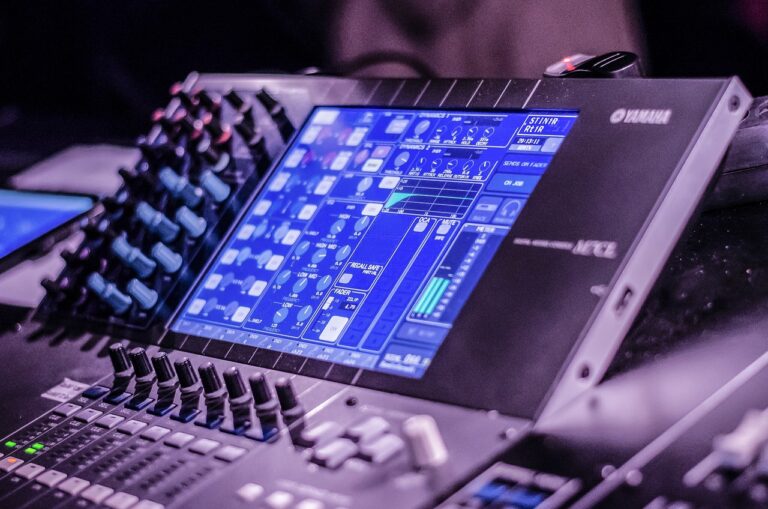Future of Live Theater: Innovations in Performance
In the realm of modern theater, the incorporation of cutting-edge stage technologies has revolutionized the way stories are brought to life on stage. From dynamic projections to intricate lighting designs, the possibilities for creating immersive and visually striking performances are endless. The seamless integration of technology has allowed for a deeper level of engagement, captivating audiences in ways never thought possible before.
One notable advancement is the use of holographic elements to add a surreal and enchanting dimension to theatrical productions. By blending physical actors with holographic projections, a new level of creativity and storytelling is achieved, transporting viewers to fantastical worlds and evoking powerful emotions. This innovative approach not only enhances the audience’s theatrical experience but also pushes the boundaries of what is traditionally deemed possible in live performance art.
Virtual Reality Integration in Theater
Virtual reality (VR) technology has been gradually finding its way into the world of theater, offering a whole new dimension to the audience experience. By immersing spectators in a digitally created environment, VR integration allows for a heightened sense of realism and engagement that goes beyond traditional stage settings. This innovative approach not only enhances the visual and auditory aspects of a performance but also opens up a world of limitless creative possibilities for theater productions.
Through the use of VR headsets, viewers can be transported to different locations and time periods without ever leaving their seats. This technology enables theater-goers to feel like active participants in the story unfolding before them, breaking down the barrier between the stage and the audience. As a result, the integration of VR in theater presents an exciting opportunity for artists to push the boundaries of storytelling and bring their narratives to life in ways that were previously unimaginable.
• VR technology offers a new dimension to the audience experience in theater
• Immerses spectators in digitally created environments for heightened realism
• Enhances visual and auditory aspects of performances
• Allows viewers to be transported to different locations and time periods with VR headsets
• Breaks down barriers between stage and audience, making viewers feel like active participants
Interactive Audience Participation
In recent years, the concept of interactive audience participation in theater has gained momentum. This shift towards engaging theatergoers in a more direct and immersive way has revolutionized the traditional spectator-performer dynamic. Audience members are no longer merely passive observers but active participants who play a role in shaping the performance.
Through various interactive techniques such as live polling, choose-your-own-ending narratives, and even real-time social media integration, theaters are creating a truly dynamic and engaging experience for their audience. This trend not only fosters a deeper connection between the performers and the audience but also allows for a more personalized and customizable theatrical experience.
What are some examples of innovative stage technologies used for interactive audience participation?
Some examples include projection mapping, interactive LED floors, and motion tracking systems.
How can virtual reality be integrated into theater performances?
Virtual reality can be integrated by creating immersive experiences for the audience using VR headsets or incorporating VR elements into the set design.
What are the benefits of interactive audience participation in theater?
Interactive audience participation can enhance audience engagement, create a more immersive experience, and make each performance unique.
How can theaters ensure that audience participation is inclusive and respectful?
Theaters can set clear guidelines for audience participation, provide opportunities for consent, and train performers to handle interactions with audience members sensitively.
How can theaters use technology to enhance audience participation without overshadowing the live performance?
Theaters can use technology to complement the live performance, such as integrating interactive elements that enhance the storytelling without distracting from the actors on stage.







